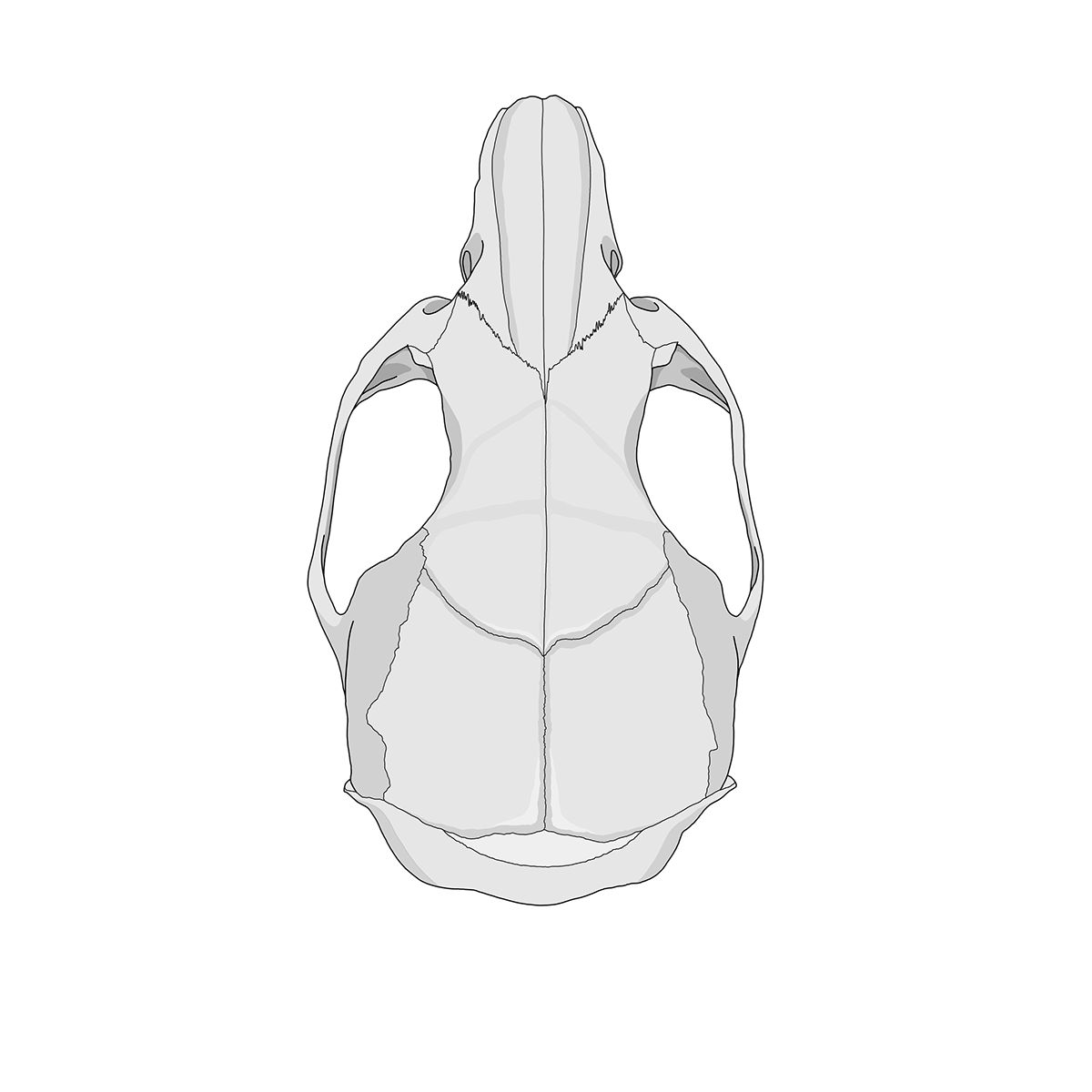Thaptomys nigrita
These friendly rodents that I'm about to introduce to you are called Thaptomys nigrita. They are endemic to the Atlantic Forest biome and were my object of study in my undergraduate thesis. I spent 3 years studying various aspects of its morphology: the colorimetry of its fur, external characteristics and craniodental aspects. It was quite extensive and exhausting work, but it made me very happy and I would definitely do it again. To help with the descriptive characterization that I should present in my work, I made some cranial illustrations that highlighted sutures, different shapes of structures (polymorphisms), among others. I will present some of these drawings below, with succinct descriptions.
Fur, a lot of fur!





Thaptomys nigrita has different color patterns, all of which are uniform, but with different shades of color. Throughout my analysis, I discovered that, in addition to different shades of color (more or less vibrant, "saturated" colors), the perception of an individual's color could also vary according to the size of the apex that their hair had. For example, think of the hair as a band divided into three chromatic zones, the most apical being the one that receives a different color (orangish; yellowish; or accompanying the rest of the hair and being entirely dark): this chromatic zone can be very restricted, or medium or more extensive.
Craniodental aspects







I won't go into much further in detail about this qualitative morphology, but here what I basically did was create basic illustrations of the dorsal and ventral planes of the skull and, from there, work on the structures that presented variations, such as the interparietal bone, the nasal bone, sphenopalatine vacuities, etc. Creating a base drawing not only helped me optimize the work, but it also made it more enjoyable for the reader to understand and perceive what was changing from one aspect to another.
About this project
The illustrations, in addition to helping me and the reader to improve the understanding of the work, also made it possible to create beautiful posters to be presented at events and conferences. Below is an example of one of them, if you are curious to know a little more about this project.


